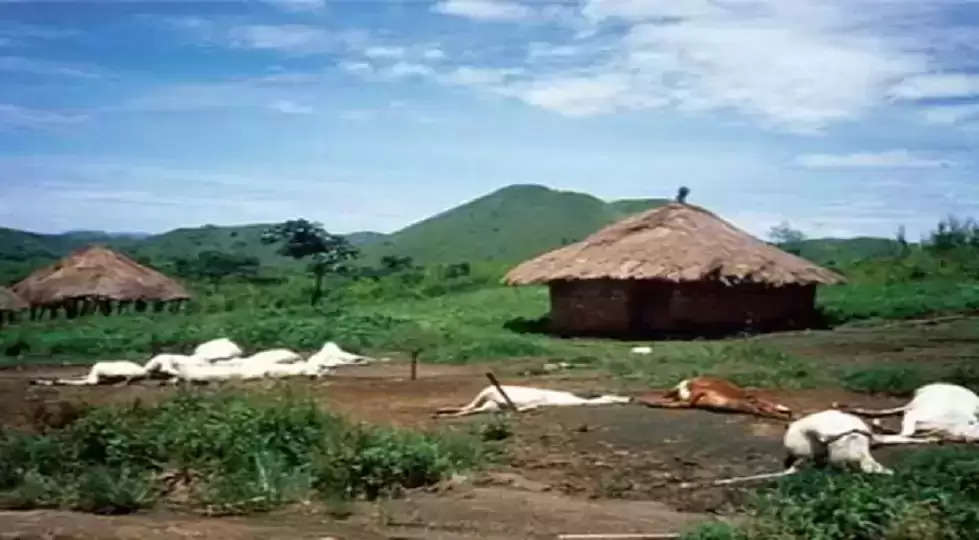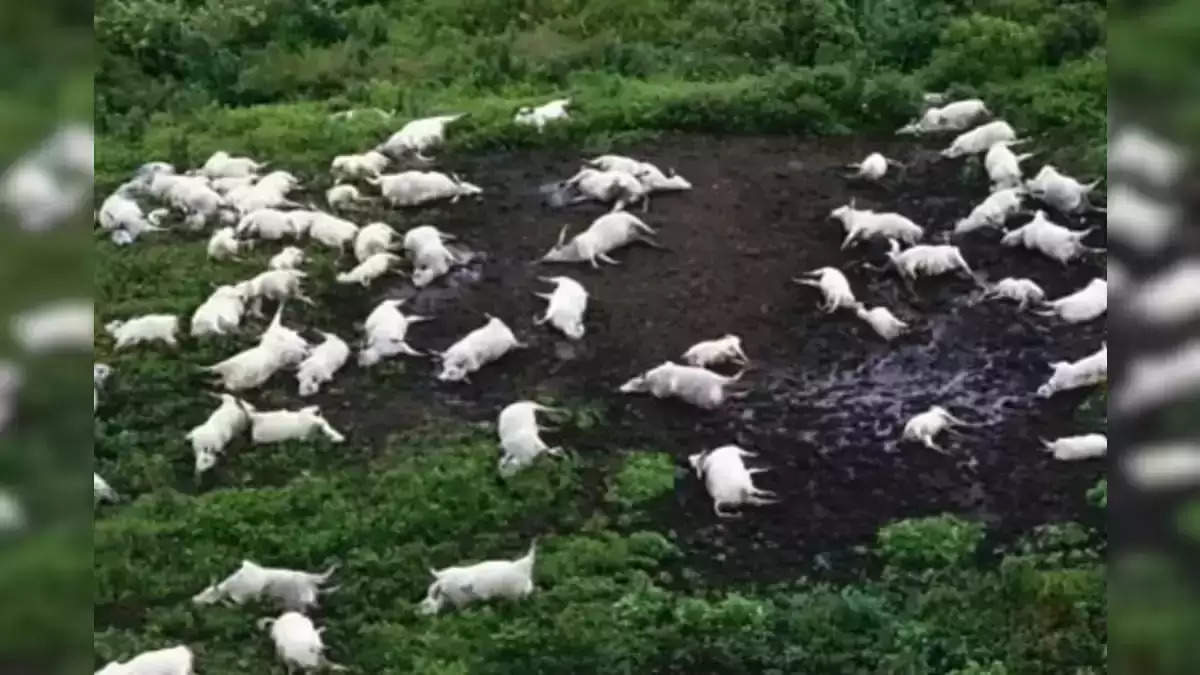Offbeat: After all, what happened that night, the whole village died… not even a fly survived along with humans!

pc: Zee News - India.com
The incident in the African village helps to illustrate the potential dangers of the gas 'carbon dioxide'. The gas acted as a "silent killer", devastating the village and causing a tragedy known as the "Nyos disaster". The event resulted in the loss of about 1,746 lives and the death of about 3,500 animals, including insects.
According to a report by Dailystar, on August 21, 1986, at around 9 p.m. in Nyos, a West African village, people heard a loud rumble. The next morning one of the villagers, Ephraim Che, woke up to find that almost everyone he knew was dead. There was a terrible silence in the whole village. Seeing all this, Ephraim lost his senses. Then he heard the cry of a woman. After which he went towards the woman. On reaching there he came to know that the woman was Halima, whom he knew.

pc: up24x7news.com
According to a report in the Daily Star, on August 21, 1986, at around 9 p.m., the villagers of Nyos, a village in West Africa, heard a loud rumble. The next morning a villager named Ephraim Che learned that almost everyone he knew had died. There was silence in the whole village. Ephraim heard the cries of a woman named Halimah, so he went to her. Halimah was in deep sorrow and tore her clothes in grief. Torn clothes covered the bodies of her dead children. There was a scene of devastation in the whole village. This phenomenon is known as the "Lake Nyos Disaster".
Ephraim tells how Halimah's children died tragically. Her children had died of suffocation due to the gas. This sad scene shocked Ephraim.
The disaster was caused by carbon dioxide gas that had accumulated beneath the surface of Lake Nyos. The sudden release of this gas led to a catastrophic event, which resulted in the tragic loss of life and animals. The explosive release of carbon dioxide caused a massive displacement of water and a deadly cloud of gas enveloped the village.
The Nyos disaster is a scary reminder of the potential hazards associated with natural events and the importance of understanding and managing such risks. This incident serves as a sad lesson that highlights the need for awareness, preparedness, and preventive measures to reduce the impact of such incidents in the future.
